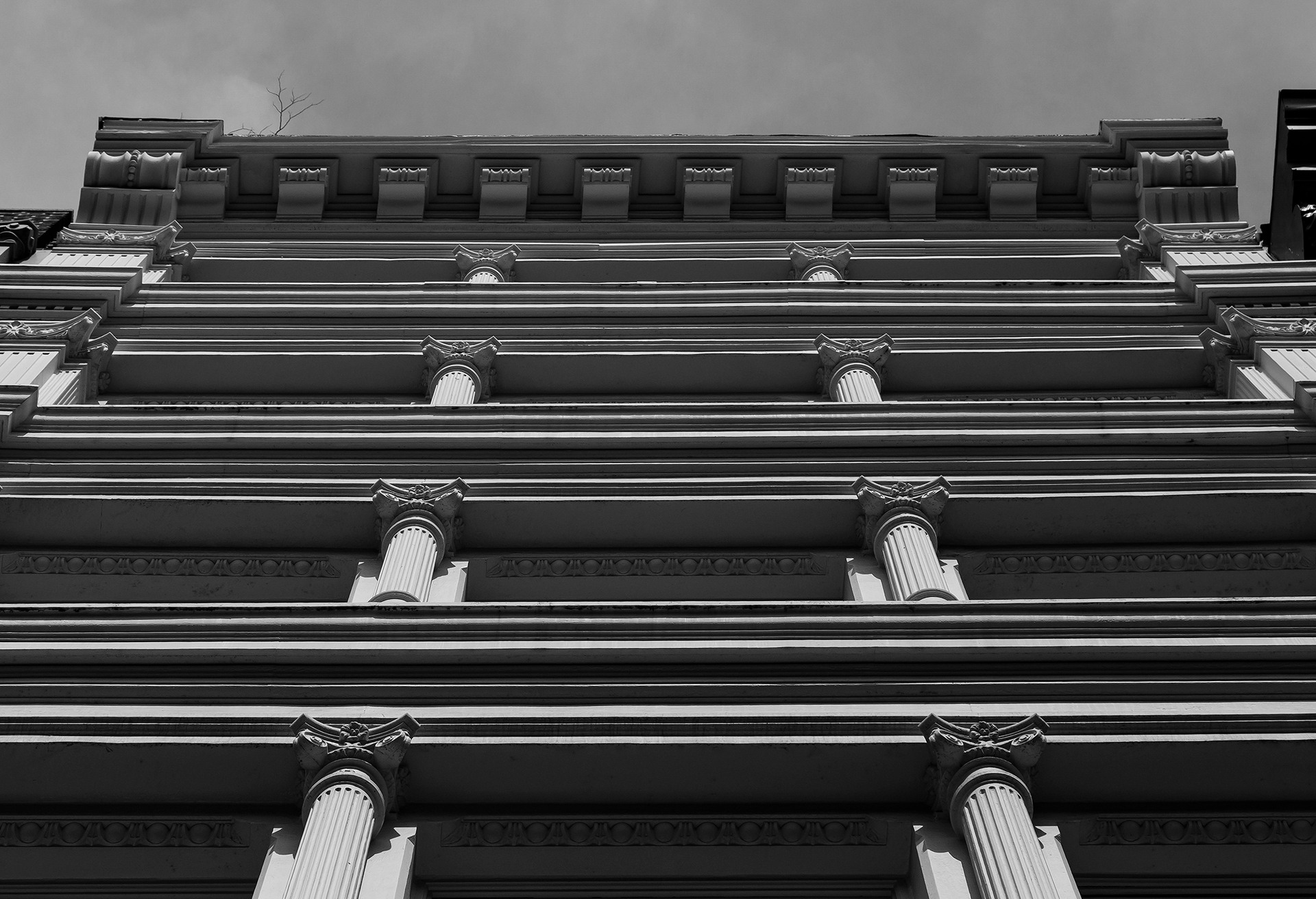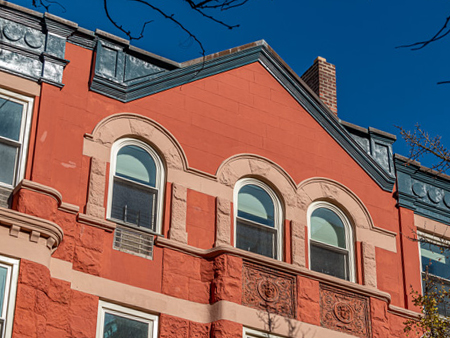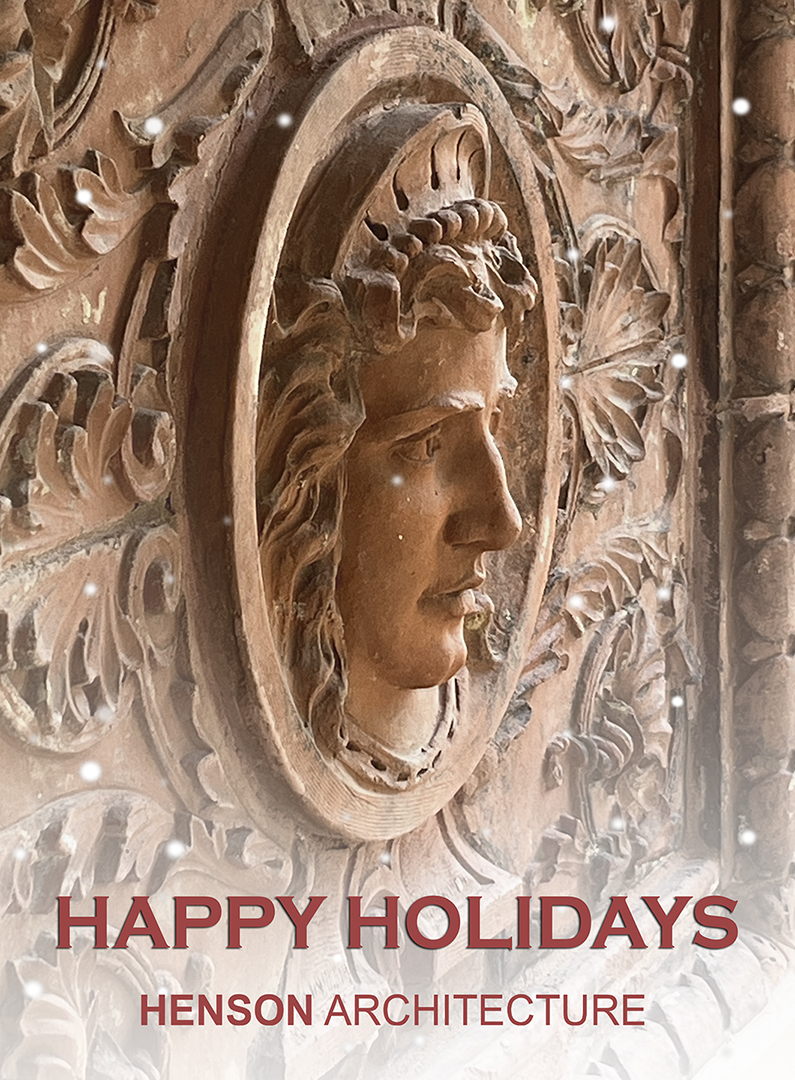New York City’s Facade Inspection Safety Program (FISP), formally known as Local Law 11, requires the facades of buildings of six or more stories to be inspected for safety every five years. This measure was a replacement for Local Law 10, originally enacted in the late 1990’s, which required inspections of only the front side of buildings. The latest inspection period, Cycle 8, started in February 2015 and ends in February 2020.
Assessment
When restoring a building, one of the first steps is giving the building an assessment of its current condition. The structure should be examined, which includes the roof, foundation, walls, gutters, windows and interior leaks.
Buildings in New York City typically have membrane roofing made of synthetic rubber, modified bitumen or thermoplastic. With flat roofs, it’s important to note any ponding water and other signs of damage. If the roof is slate, it’s important to look for damaged and missing material.
As for the exterior walls, unsafe conditions include items such as loose or cracked bricks, cracked windows, missing mortar, improperly secured air conditioners, and any other conditions which may be dangerous to pedestrians below. Unsafe conditions must be dealt with immediately which involves installing a sidewalk shed within a 30-day period. Then an amended report must be filed confirming the repairs required. Extensions of up to 90 days may be granted if necessary.
Design
The SHA team is a full-service architectural firm. Our goal is to ensure that your building is both functional and beautiful, and we pay special attention to the historic details of the building exterior. In order to complete accurate repairs, we utilize the original materials or replicate them to achieve the appearance of the original design.
Another option for exterior building restoration is adaptive reuse. Adaptive reuse projects maintain the historic envelope while updating the interior. Updating the existing interior rather than the construction of a new structure saves money and time. This option is also a means of preserving the history, identity and charm of a city. Adaptive reuse of buildings is also eco-friendly, as fewer building materials are being utilized.
If you find yourself in need of exterior building restoration or adaptive reuse design projects, contact Scott Henson Architect, located in New York City. Our approach is innovative, sustainable and respectful in order to preserve the integrity of historic structures.




